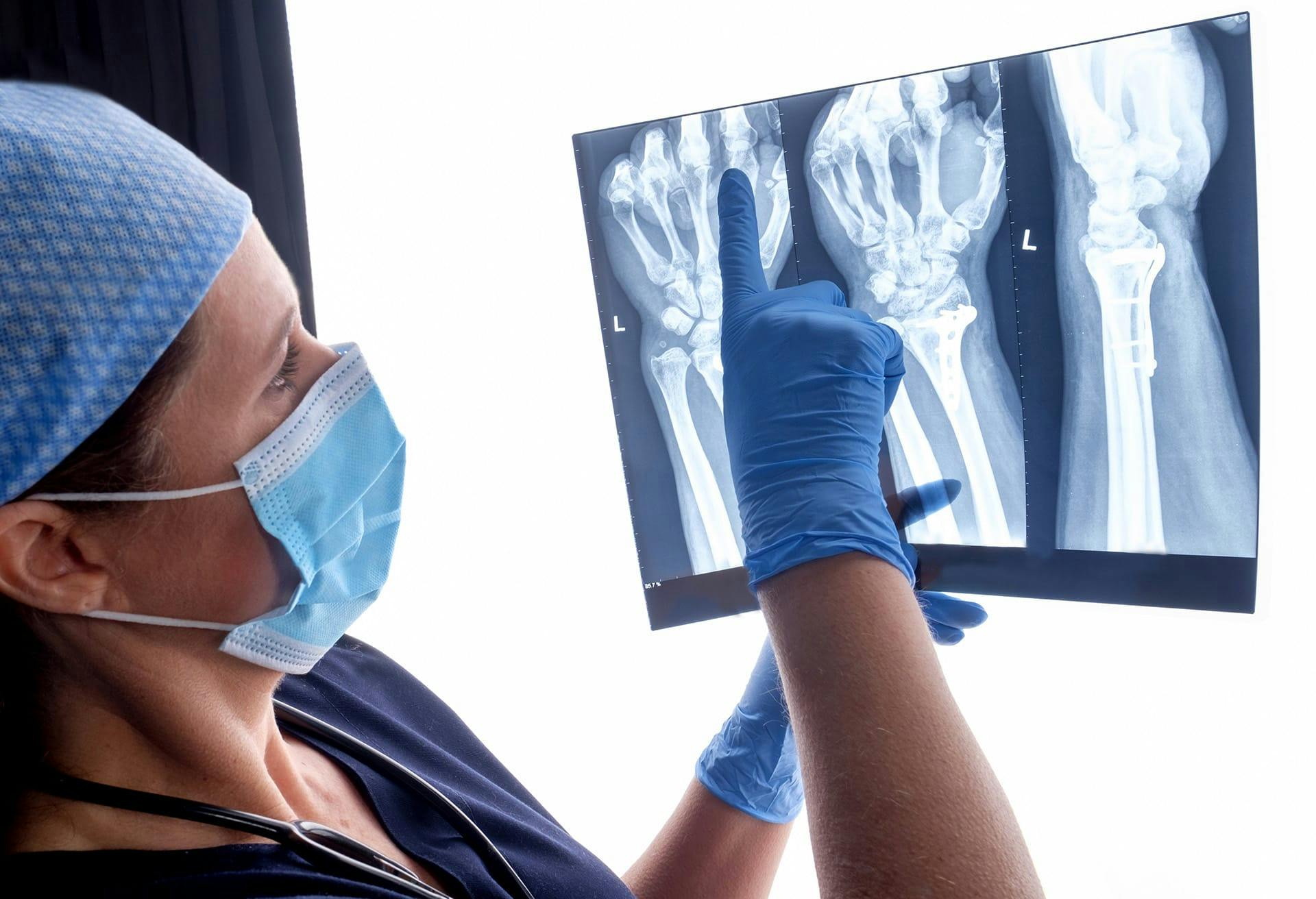X-rays are often used to diagnose hand-to-shoulder injuries, creating detailed images of the bones and soft tissues in the affected area. They are quick and non-invasive, making them a valuable tool for us at Hand to Shoulder Associates.
Advanced diagnostics for upper extremity conditions
Radiology, a specialized field of medicine, relies on diagnostic imaging techniques like X-rays, computed tomography (CT), and magnetic resonance imaging (MRI) scans. These imaging tools allow our specialists to see the structures within the body, providing a clear picture of:
- Bones
- Organs
- Muscles
- Tendons
- Nerves
- Cartilage
Using these tools, our experts can narrow down the causes of injuries or illnesses and ensure accurate diagnoses.





